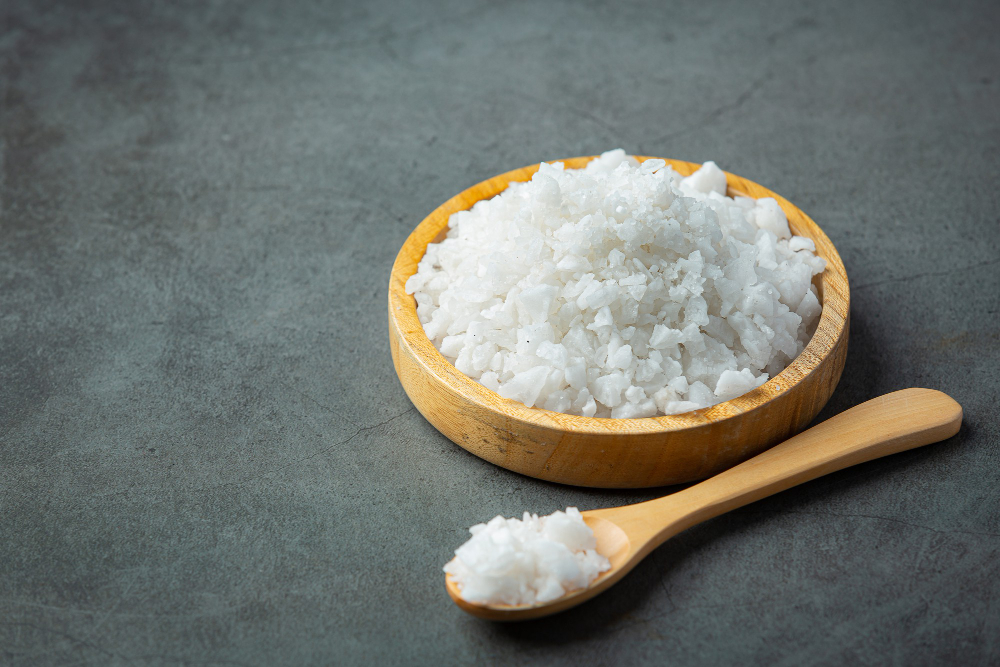Salt, chemically known as sodium chloride (NaCl), is an essential mineral that plays a crucial role in various biological processes and culinary traditions worldwide. Its history dates back thousands of years, with salt being valued for its preservative properties and ability to enhance the flavor of food. Ancient civilizations such as the Egyptians, Greeks, and Romans recognized the importance of salt and traded it as a precious commodity. In fact, salt was often used as currency, leading to the term “salary” being derived from the Latin word for salt, “salarium.”
In addition to its culinary uses, salt has been utilized for its therapeutic properties throughout history. Salt baths and saltwater rinses have been employed for their purported healing effects on skin conditions, respiratory ailments, and muscle soreness. Today, salt continues to be incorporated into various wellness practices, including salt therapy rooms and halotherapy, which involve inhaling aerosolized salt particles to promote respiratory health and relaxation.
Despite its ubiquity, salt consumption should be moderated, as excessive intake can have adverse effects on health. High salt intake has been linked to hypertension, cardiovascular disease, stroke, and other health conditions. The World Health Organization recommends limiting salt intake to less than 5 grams per day to reduce the risk of these health issues. It’s important to be mindful of hidden sources of salt in processed and packaged foods, as well as in restaurant meals, which can contribute significantly to daily salt intake.
Beyond its culinary and therapeutic uses, salt has played a significant role in cultural and religious practices worldwide. In many cultures, salt is associated with purity, protection, and prosperity. It is often used in rituals and ceremonies, such as sprinkling salt around a home to ward off negative energies or incorporating it into religious rites as a symbol of purification and sanctity. Salt’s symbolic significance reflects its enduring cultural importance and reverence throughout history.
In terms of production, salt is obtained through various methods, including traditional solar evaporation, mining salt deposits, and modern methods such as vacuum evaporation. Different types of salt, such as sea salt, kosher salt, and Himalayan pink salt, vary in flavor, texture, and mineral content, offering culinary enthusiasts a diverse range of options to explore. Additionally, salt is used in industrial processes, such as water softening, chemical production, and de-icing roads during winter months, further highlighting its versatility and utility in modern society.
As our understanding of salt’s properties and effects on health continues to evolve, it’s important to strike a balance between enjoying its culinary benefits and being mindful of its potential health implications. With its rich history, cultural significance, and diverse applications, salt remains a staple ingredient in kitchens and cultures around the world, symbolizing both the essence of flavor and the depth of human experience.

Leave a Reply